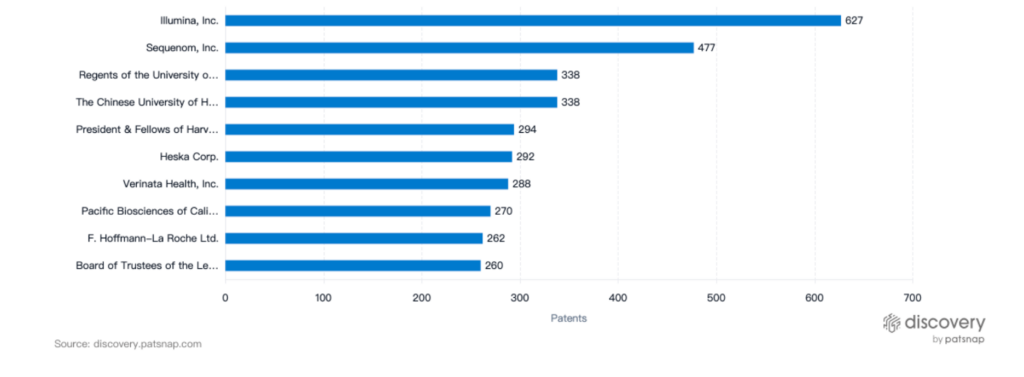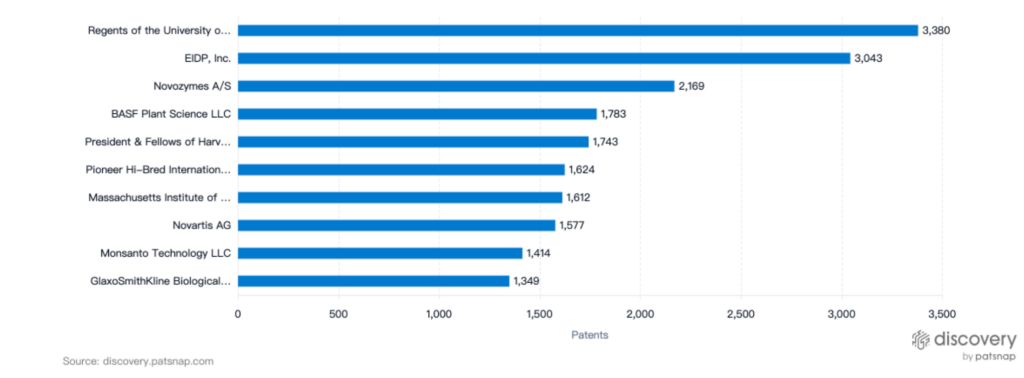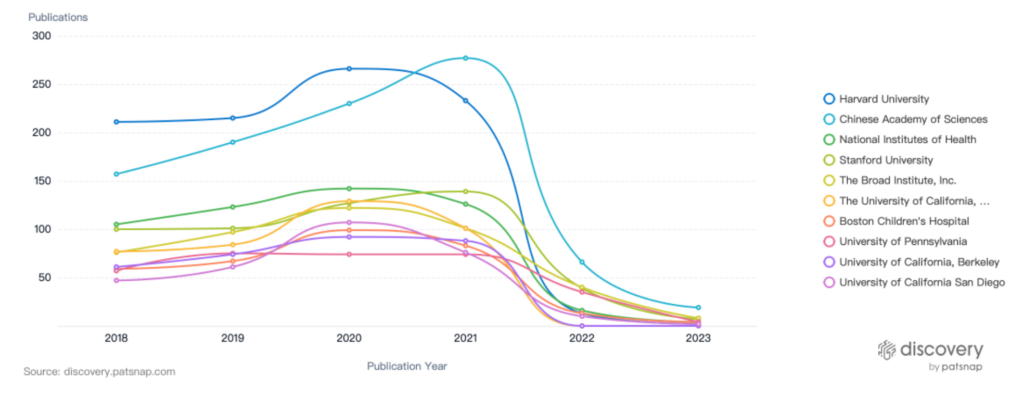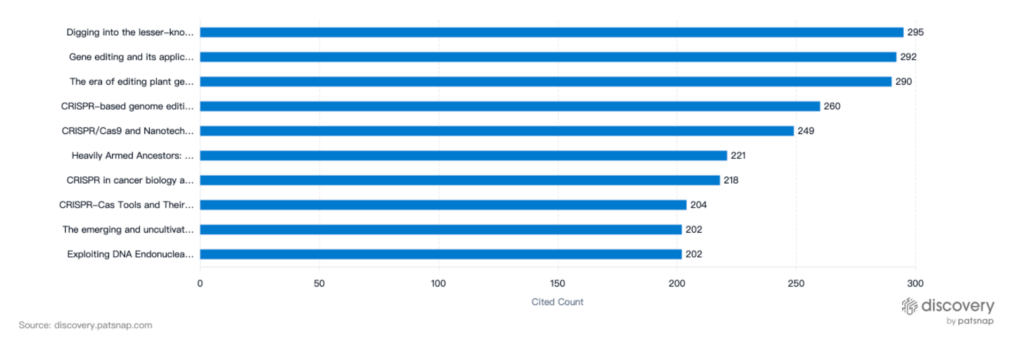Personalized Medicine: Patient Treatment Innovations
Advancements in biotechnology have revolutionized the field of medicine, particularly in the area of personalized medicine.
Personalized medicine aims to tailor treatments to individual patients based on their genetic makeup, lifestyle, and environment. This approach can improve treatment outcomes and reduce the risk of side effects.
In this article, we’ll explore the advancements in biotechnology that have enabled personalized medicine and its potential benefits for patients.
The Promise of Personalized Medicine
Personalized medicine has the potential to transform the way we treat diseases. By understanding the genetic and molecular basis of diseases, we can develop targeted treatments that are tailored to individual patients. This approach can improve treatment outcomes and reduce the risk of side effects.
One of the key benefits is its potential to improve the effectiveness of cancer treatments. Traditional cancer treatments, such as chemotherapy and radiation, can have significant side effects and may not be effective for all patients. By using personalized medicine, we can identify the genetic mutations that drive the growth of tumors and develop targeted therapies that are more effective and less toxic.
According to a study published in the Journal of Personalized Medicine, personalized medicine has been shown to improve outcomes for cancer patients. The study found that it can lead to better response rates and longer progression-free survival for cancer patients.
It can also improve the treatment of rare diseases. Many rare diseases are caused by genetic mutations that are unique to each patient. By using personalized medicine, we can identify the specific genetic mutations that cause these diseases and develop targeted therapies that are tailored to individual patients.
Advancements in Biotechnology Enabling Personalized Medicine
Advancements in biotechnology have enabled personalized medicine by providing tools to analyze and interpret large amounts of genetic and molecular data. One of the key advancements is the development of high-throughput sequencing technologies, which can rapidly sequence large amounts of DNA and identify genetic mutations that are associated with diseases.

Although sequencing technologies are still in the developmental stages and not commonly used in commercial settings, Illumina and Sequenom are leading the way for their commercialization. Among the top academic filers are Harvard University, the University of California, and the Chinese University.
According to a report by Grand View Research, the global high-throughput sequencing market is expected to reach $27.8 billion by 2028, driven by the growing demand for personalized medicine and advancements in sequencing technologies.
Another important advancement is the development of bioinformatics tools, which can analyze and interpret large amounts of genetic and molecular data. These tools can help to identify genetic mutations that are associated with diseases and develop targeted therapies that are tailored to individual patients.

Like sequencing technologies, the bioinformatics technology realm is also majorly used in academic institutions. As such, Harvard, MIT and the University of California have a high number of filed patents in the area. However, Novozymes, Novartis, and BASF are also leading in the commercialization of bioinformatic tools.
The use of gene editing technologies, such as CRISPR-Cas9, is also enabling personalized medicine. Gene editing can be used to modify the genetic mutations that cause diseases, providing a potential cure for genetic diseases.

Although the University of California and the Broad Institute were the pioneers in filing for CRISPR technology, it’s noteworthy that the Chinese Academy of Sciences and NIH are rapidly publishing research in this field, indicating that the technology is becoming more accessible to the public.

The most cited publications provide insight into the application of technology. “Digging into lesser-known aspects of CRISPR biology” has been cited 295 times, demonstrating the consequences of CRISPR on bacteria and prokaryotes.
Challenges and Limitations of Personalized Medicine
Despite the potential benefits of personalized medicine, there are also challenges and limitations. One of the main challenges is the cost. The development of targeted therapies and the analysis of large amounts of genetic and molecular data can be expensive, making them inaccessible to many patients.
According to a report by the Personalized Medicine Coalition, the cost of developing a new drug is estimated to be around $2.6 billion, with personalized medicines often requiring additional investment in biomarker research and diagnostic tests.
Another challenge is the complexity of analyzing and interpreting large amounts of genetic and molecular data. This requires specialized expertise and resources, which may not be available in all healthcare settings.
There are also limitations to its effectiveness. Some diseases may have multiple genetic mutations that contribute to their development, making it difficult to develop targeted therapies. Additionally, some genetic mutations may not have any known treatments, making it challenging to develop effective therapies.
Closing Thoughts
Personalized medicine is a promising approach to treating diseases that aims to tailor treatments to individual patients. Advancements in biotechnology have enabled it by providing tools to analyze and interpret large amounts of genetic and molecular data.
While there are challenges and limitations, personalized medicine has the potential to transform the way we treat diseases and improve patient outcomes. The growing demand and advancements in sequencing technologies and bioinformatics tools, as well as the use of gene editing technologies, suggest a bright future for personalized medicine.